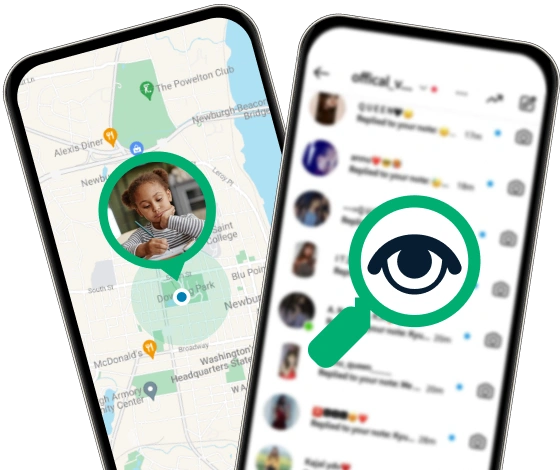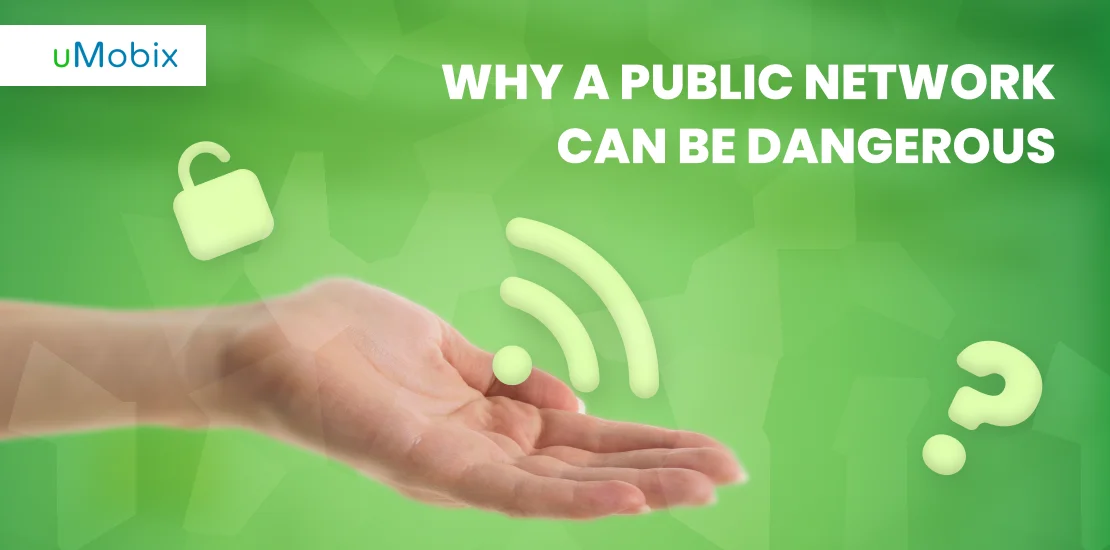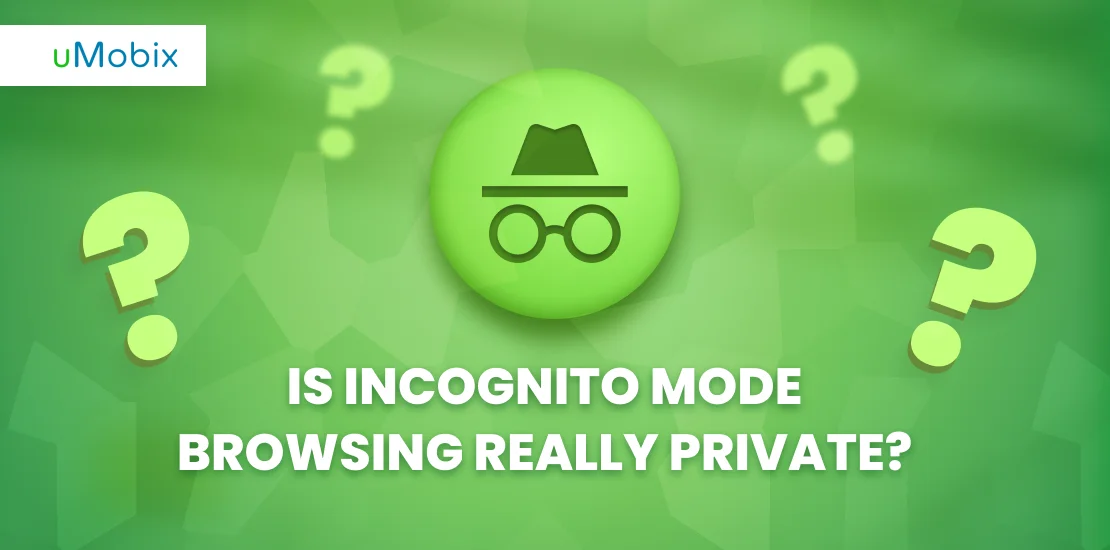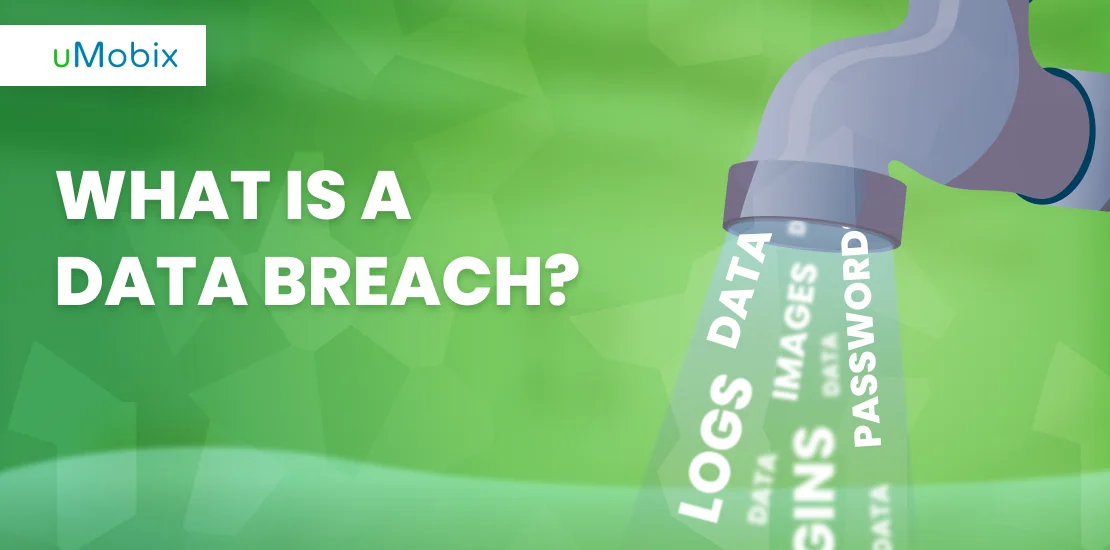Many people use a public network to stay connected outside their homes, and connecting to it can be pretty helpful. Usually, the person connects to a network, clicks on an agreement, and is ready to be on the Internet. However, in some cases, security on public WiFi can be a big issue.
What Is Public WiFi?
Public WiFi describes a connection available to a great number of people to be used. One example of such a connection would be the free WiFi at a coffee shop or public Internet at an airport. These are networks typically provided free of charge, so people can use the internet while waiting for a flight or sipping a cup of coffee.
While some networks require a password, most public ones are not protected. This makes it easy for hackers to break into it, meaning that anyone on the network may be exposed to attacks.
Public Network vs. Private
Such a network is intended to be used by many people. Generally, this network is easy to access, enabling people to connect immediately. A coffee shop is one example of a place that uses a public network.
Meanwhile, a private network is a password-protected web only used by a small group of people. Your home internet airdrop is one example of a private network.
What Are the Risks of a Public Network?
While public access networks are convenient, they increase your vulnerability risk when connected to them via your device. Let’s explain some common issues one may have while on a sharing network.
Man in the Middle Attack (MITM)
This attack involves a hacker connecting an exchange between two networks and listening in on the conversation, recording information that’s usually private. When a MITM attack happens, the user usually does not realize their network has been breached, making this attack dangerous.
Think of a MITM attack as someone opening your mail, reading it, sealing it back, and then putting it in the mailbox. You may believe your mail is safe, but someone already knows the contents.
Unencrypted Networks
Most networks in public are not encrypted, meaning that you are at risk of someone seeing your device’s information every time you log on. One even more significant risk on a public network is on an unencrypted website. This combination can make your information even more susceptible to hacks.
Always ensure the sites you visit are secure, reducing the risk of attacks. One way you can protect yourself is if the URL begins with HTTPS instead of HTTP, indicating it’s on a secure server.
Malware Distribution
A public network means you’re at risk of someone sending malware or malicious software to your devices. Malware can damage your devices, and many hackers use it to steal your information, such as your credit card, social security number, and valuable documents.
When on a sharing network, avoid downloading anything that could be a virus. In addition, you may want to download anti-malware software, so scan it for malware at all times. In the event you download something malicious, this software can help you.
Snooping and Sniffing
Also known as an eavesdropping attack, snooping and sniffing involve a hacker stealing information being sent or received. With the right tools, someone can catch your document as it’s being sent out or received, meaning they now have their hands on some precious information. Because of this, many avoid file sharing on social networks.
If there is a printer in your area, some hackers may even connect to networked printer you used to steal your data. Moreover, with the help of special software kits, cybercriminals can get access to everything you’re doing online, including hijacking your online session or scrolling pages you visited.
Malicious Hotspots
In a unique form of phishing, a malicious hotspot pretends to be a legitimate public network. For example, if you search for “WiFi near me” at a coffee shop, you may run into a network that claims to be its WiFi. Another challenge is that the hacker could be in the coffee shop, setting up their network, so the signal is strong, making you believe it’s the real deal.
In reality, this is a network pretending to be legitimate with the intention of stealing your information. Ask the staff if you’re unsure that a business’s hotspot is theirs. They can usually direct you to which network they use.
How to Stay Safe on Public Network
With that said, we understand that sometimes, you need to connect to a public network. Perhaps you’re laid over at an airport, and a client is demanding you send over a document. Maybe you’re a college student at a coffee shop, trying to do your homework before the due date, and you need an internet public connection to send the project over.
Good news! It is possible to stay safe while on public WiFi. Ideally, you should not send or open important documents while connected to an available network, as we understand there are cases where you have no choice. Here is how you stay safe.
Disable Sharing and Discovery
When connected to a network, right-click on it, select “properties,” and you’ll see the option to select it as available to everyone or private. Be sure to change network from public to private when you’re out in public, as this will prevent others from discovering your device. Of course, it may be available to everybody already as a recommended setting, but it doesn’t hurt to double-check.
Enable Firewall
A firewall helps monitor incoming and outgoing traffic, making it a decent way to protect yourself. Open your start menu, type “Firewall,” and ensure it’s turned on. While not foolproof, it should be kept on unless there’s a legitimate reason to turn it off.
Legitimate downloads and hardware require you to turn off the firewall to install correctly. Make sure it’s a legitimate program, turn it off, and then turn it back on immediately afterward.
VPN
A virtual private network (VPN) masks your IP with that of other countries. This way, you’re offered total protection. VPNs are also valuable because you can access websites and stream content exclusive to another country.
Some VPNs are built into browsers, such as the Brave browser, enabling you to browse and turn your VPN easily. Others are more complex software, with some charging a monthly fee. As long as it masks your connection, you have a VPN that works well for you.
Updated Browsers & Safe Browsing
One way to protect yourself is to keep everything updated. The first and most obvious thing you should update is Windows or another operating system you use.
Updating OS closes any security holes that hackers may use to infiltrate your system. While an update can be annoying, keeping you safe is vital.
However, don’t stop there. You should also update your browser. Updating your browser makes it more secure when you browse the Internet and when you’re on a public network.
In addition, you want to practice safe browsing. Don’t click on suspicious links, and don’t look up anything personal unless you may trust your current security setup. Doing this can reduce your chance of being hacked on a public WiFi.
Final Words
Protecting your identity online is vital. Hackers and other bad actors may steal your personal information when you’re out in public. Stay safe by being mindful of this and exercising caution when on an affordable network, such as proper encryption.
In addition, if you are a parent, you may want to install a parental control app or a phone tracker to keep your kids safe. One example of a good digital solution is uMobix, allowing one to block specific WiFi, supervise the target device remotely, enable video and audio streaming, and much more. Today’s market has something to offer.
FAQ
When on public WiFi, avoid doing anything that exposes your personal information, such as checking your bank account, entering a card number, sending a personal document, etc. If you must do this, be sure you use as much protection as possible.
If you're on a public network, a WiFi owner can see what you are browsing and the apps you are using. Hence in an open wireless network, anyone is able to view what others send and receive on the same network, though they have to be tech-savvy to check it out.
Be sure that your network properties are set to be available. This keeps your computer hidden. In addition, be sure your computer and browsers are up to date. You'll also want to consider using a VPN to add an extra protection layer.
Above all else, avoid doing anything when on a public network that exposes private information.
If you're on public WiFi and don't have any protections, it is easy for a hacker to steal your data. So whenever possible, use a private network unless you must use public WiFi. This way, you'll stay safe.





